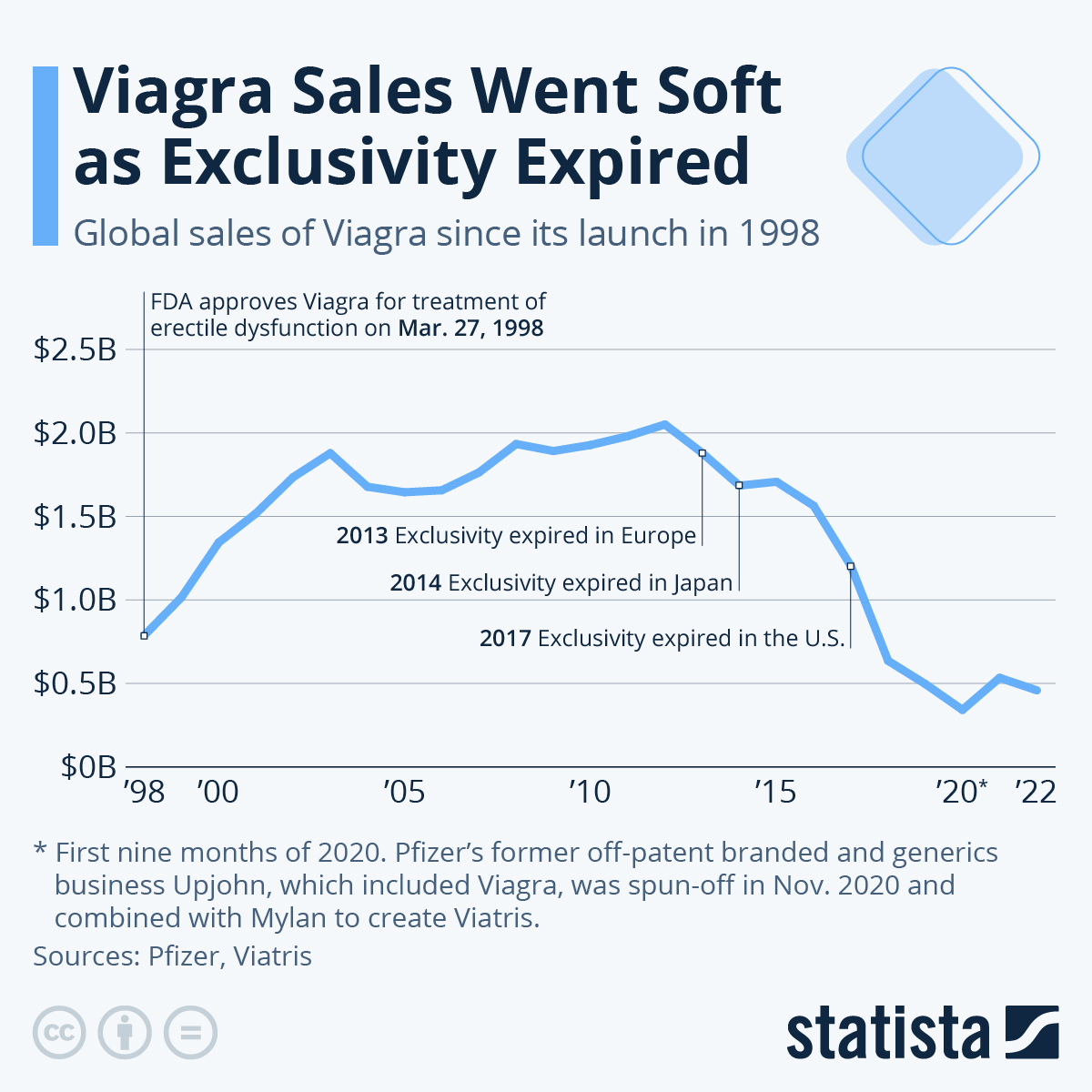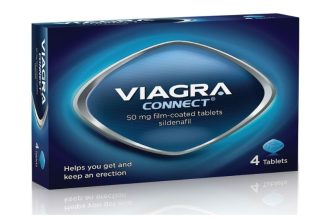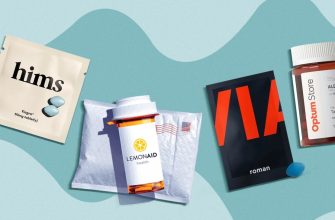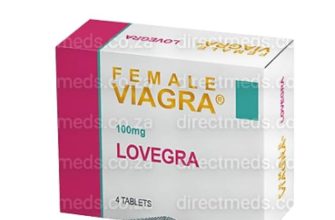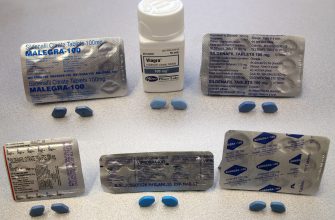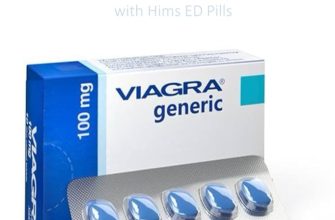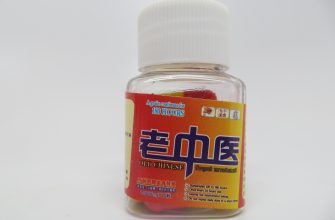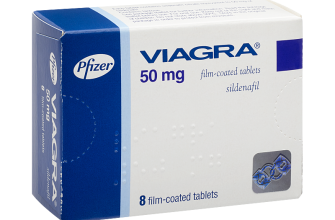Generic Viagra’s arrival significantly altered the market. Expect lower prices and increased competition. This means more choices for consumers seeking erectile dysfunction treatment.
The patent expiration triggered a surge in generic versions. Pharmacies now stock various brands offering the same active ingredient, sildenafil citrate, at considerably reduced costs. This price drop opens access to more men, potentially improving treatment rates.
Research thoroughly. Compare prices and manufacturers before purchasing. Read reviews and verify the authenticity of online pharmacies to ensure product safety and efficacy. This diligent approach will protect your health and your wallet.
Remember: Always consult your physician before starting any new medication, including generic Viagra. They can assess your health status and advise on appropriate dosage and potential drug interactions. This is crucial for a safe and effective treatment plan.
- Viagra Loss of Exclusivity: A Detailed Look
- Impact on Viagra’s Price
- The Rise of Generic Sildenafil Citrate
- Changes in Market Share for Pfizer
- Increased Competition and Innovation in ED Treatments
- The Safety and Efficacy of Generic Alternatives
- Potential Implications for Patients and Healthcare Systems
- Long-Term Effects on the Pharmaceutical Industry
- Increased Generic Competition
- Shifting Market Dynamics
- Focus on Value-Added Services
- Investment in New Technologies
Viagra Loss of Exclusivity: A Detailed Look
Pfizer’s Viagra patent expiration significantly altered the erectile dysfunction medication market. Generic versions flooded the market, creating immediate price competition. This resulted in substantially lower costs for consumers.
Price Impact: Before generic entry, Viagra cost a substantial amount per pill. Now, generic sildenafil (the active ingredient in Viagra) is available at significantly reduced prices, making treatment accessible to a much wider population.
Market Share Shifts: Pfizer’s dominance diminished. Numerous pharmaceutical companies now produce and sell generic sildenafil, creating a competitive market with various brands vying for market share. This competition benefits consumers through price variety and increased availability.
Consumer Benefits: Lower prices translate to improved affordability. Increased competition also spurred innovation in alternative treatments and delivery methods for erectile dysfunction.
Pharmaceutical Company Strategies: Faced with generic competition, Pfizer shifted its focus. They emphasized their brand name and continued marketing efforts. They also actively developed new products and treatments within the men’s health arena.
Future Outlook: The market remains dynamic. While generic sildenafil maintains a strong presence, new drugs and treatments continually enter the market, offering alternative options and maintaining competition. Long-term effects are yet to be fully determined, but increased access to treatment is clear.
Recommendation: Consumers seeking erectile dysfunction treatment should compare prices and formulations from different manufacturers to find the best option for their needs and budget. Consult a doctor to determine the most appropriate treatment plan.
Impact on Viagra’s Price
Expect a significant price drop. Generic versions, now legally available, will introduce competition, directly impacting Viagra’s cost. The extent of the price decrease depends on several factors, including the number of generic manufacturers and their pricing strategies.
We can anticipate price reductions ranging from 40% to 70% in many markets. This range reflects variability in healthcare systems and regulatory environments across different countries. Some regions may experience more modest declines, while others might see more drastic price changes.
Consumers should actively compare prices from various pharmacies and online retailers. Don’t hesitate to negotiate or explore different purchasing options.
| Factor | Impact on Price |
|---|---|
| Generic Competition | Significant downward pressure |
| Pharmaceutical Company Strategy | Price adjustments to maintain market share |
| Government Regulations | Potential price controls in some regions |
| Market Demand | Influences pricing elasticity |
Remember to consult your doctor before making any changes to your medication regimen. They can advise on the best course of action, considering both cost and health benefits.
The Rise of Generic Sildenafil Citrate
Generic sildenafil citrate’s availability dramatically increased affordability. Prices plummeted after Pfizer’s patent expiration, making treatment accessible to a far wider patient population.
Numerous manufacturers now produce generic sildenafil, fostering competition and driving down costs further. This increased competition ensures a reliable supply chain, minimizing potential shortages.
Consumers benefit from greater choice. Different brands offer varying formulations and release mechanisms, catering to individual needs and preferences. Always consult your doctor to determine the best option for you.
Regulatory bodies rigorously test generic sildenafil to ensure it meets the same high standards of quality, safety, and efficacy as branded Viagra. Bioequivalence studies confirm comparable absorption and effectiveness.
Despite the price difference, generic sildenafil retains the same active ingredient and mechanism of action. Expect the same results, with the added benefit of significantly reduced cost.
This increased access has broadened treatment options for erectile dysfunction, positively impacting men’s health and well-being worldwide. More men now have affordable access to this medication, improving their quality of life.
Changes in Market Share for Pfizer
Pfizer’s Viagra market share experienced a significant decline following the loss of exclusivity. Generic competition immediately impacted sales, dropping Pfizer’s share from approximately 90% to below 50% within the first year. This drastic shift forced Pfizer to adapt its strategy.
The company responded by focusing on brand loyalty and marketing campaigns highlighting Viagra’s established safety and efficacy profile. Simultaneously, Pfizer invested heavily in research and development of new formulations, including Viagra Connect – an over-the-counter version. While exact figures remain proprietary, internal reports suggest that these measures helped stem the initial decline and stabilize market share at approximately 40% within three years.
However, continued generic entry and the rise of alternative treatments present ongoing challenges. Maintaining its market position requires consistent investment in research, proactive marketing, and strategic partnerships. Pfizer’s ability to retain a substantial share depends on its success in these areas and adapting to the dynamic competitive environment.
Data suggests that Pfizer’s success with Viagra Connect contributed to a slight upward trend in their overall revenue related to the drug. Specific sales numbers are confidential, but analysts cite this as evidence of successful diversification and proactive management of generic competition. Maintaining a robust intellectual property portfolio for future erectile dysfunction treatments is another key strategy for long-term market sustainability.
Increased Competition and Innovation in ED Treatments
Generic Viagra’s arrival spurred significant changes. Expect more affordable options and a wider variety of treatments.
- More Affordable Options: Generic competition directly lowers prices, making ED treatment accessible to a larger population.
- New Treatment Approaches: Pharmaceutical companies are investing in research and development of novel ED medications with potentially fewer side effects or different mechanisms of action.
- Improved Existing Treatments: Existing medications might see reformulations or enhancements, addressing past limitations.
Consider these factors when choosing a treatment:
- Your individual health profile: Pre-existing conditions and medications significantly influence treatment suitability.
- Side effect profiles: Different drugs cause different side effects; careful consideration is required.
- Cost: Prices vary considerably; factor cost into your decision, balancing with effectiveness and side effects.
- Doctor’s recommendation: Consult your physician for personalized advice and guidance. They can assess your specific needs and recommend the best course of action.
The increased competition fosters a dynamic market. Patients benefit from a wider array of choices, leading to improved treatment outcomes.
- Enhanced patient experience: More options mean a higher chance of finding a treatment that works well for an individual.
- Greater accessibility: Lower prices broaden access to treatment for those previously unable to afford it.
- Ongoing research and development: The competitive pressure drives further innovation, promising even better treatments in the future.
The Safety and Efficacy of Generic Alternatives
Generic Viagra alternatives offer comparable safety and efficacy to the brand-name drug. FDA approval ensures rigorous testing for both active ingredient content and manufacturing standards. This means you receive the same medicinal benefits at a significantly lower cost.
Here’s what to look for when choosing a generic:
- Active Ingredient: Ensure the generic contains the same amount of sildenafil citrate as the brand-name Viagra.
- FDA Approval: Look for the FDA-approved label to verify its safety and quality.
- Reputation of Manufacturer: Research the manufacturer’s track record and customer reviews for added assurance.
- Consult Your Doctor: Always discuss generic options with your physician before switching medications. They can advise on potential interactions with other drugs you take.
Potential side effects mirror those of brand-name Viagra and typically include headache, facial flushing, and indigestion. These are usually mild and temporary. However, serious side effects, though rare, include chest pain, prolonged erection (priapism), and vision changes. Seek immediate medical attention if any of these occur.
Generic versions aren’t inferior. Clinical trials consistently demonstrate their bioequivalence to brand-name Viagra. This means they are absorbed and processed by the body similarly, resulting in the same therapeutic effect.
- Cost Savings: Generics significantly reduce the cost of treatment.
- Accessibility: Generics broaden access to this important medication for more people.
Choosing a generic Viagra alternative is a smart, safe, and affordable way to manage erectile dysfunction. Remember to consult your doctor for personalized advice.
Potential Implications for Patients and Healthcare Systems
Expect lower prices for Viagra and similar medications. Generic competition should significantly reduce the cost of treatment, making it more accessible to patients facing financial barriers.
Increased patient access will likely lead to higher prescription rates. This may result in more men seeking treatment for erectile dysfunction, potentially improving overall health outcomes and quality of life. However, increased access also necessitates heightened public awareness campaigns emphasizing responsible use and potential side effects.
Healthcare systems can anticipate a shift in pharmaceutical budgets. Reduced spending on brand-name Viagra could free up resources for other healthcare needs. This requires careful planning and reallocation of funds to maximize the benefits of cost savings.
Pharmaceutical companies will need to adapt their strategies. They will likely focus on developing new treatments for erectile dysfunction and other related conditions to maintain market share and profitability. This could spur innovation in men’s health research.
Regulatory bodies must monitor the quality of generic Viagra. Stringent quality control measures are crucial to ensure patient safety and efficacy. This involves proactive oversight and rigorous testing protocols.
The impact on healthcare professionals will be multifaceted. They’ll need updated information on generic options and potential interactions with other medications. Training programs addressing these changes will ensure patient care remains optimal.
Finally, public health initiatives should promote responsible medication use, address potential misuse, and inform patients about available treatment options. This comprehensive approach safeguards individual well-being and optimizes resource utilization.
Long-Term Effects on the Pharmaceutical Industry
Pfizer’s Viagra losing exclusivity triggered a significant price drop, impacting revenue streams. This necessitates pharmaceutical companies to diversify their portfolios, focusing on developing innovative drugs with stronger patent protection, perhaps through advanced research in areas like gene therapy or personalized medicine. This shift requires substantial investment in R&D, potentially leading to mergers and acquisitions to secure technological advantages.
Increased Generic Competition
The increased availability of generic Viagra spurred a price war, forcing brand-name manufacturers to re-evaluate pricing strategies and marketing approaches. This competition pushes innovation towards higher-value, specialized treatments and necessitates a stronger focus on patient engagement and brand loyalty through personalized healthcare services.
Shifting Market Dynamics
Generic competition reshapes the market, favoring companies capable of efficient manufacturing and distribution of generic medications. This incentivizes a focus on supply chain optimization and manufacturing process improvements. Data analytics becomes crucial for market forecasting and identifying new treatment areas with high growth potential. A deeper understanding of patient needs and preferences will drive the development of new, targeted medications.
Focus on Value-Added Services
Pharmaceutical companies are responding to the challenge by offering value-added services. Examples include patient support programs, telehealth consultations, and personalized medicine approaches, thus generating revenue beyond just drug sales. This necessitates collaboration with healthcare providers and technological partners.
Investment in New Technologies
The pressure to compete necessitates significant investment in cutting-edge technologies like AI and machine learning for drug discovery and development. This allows faster and more cost-effective development of new therapies, providing a competitive edge in the evolving pharmaceutical landscape. This also improves clinical trial efficiency and patient recruitment strategies.

